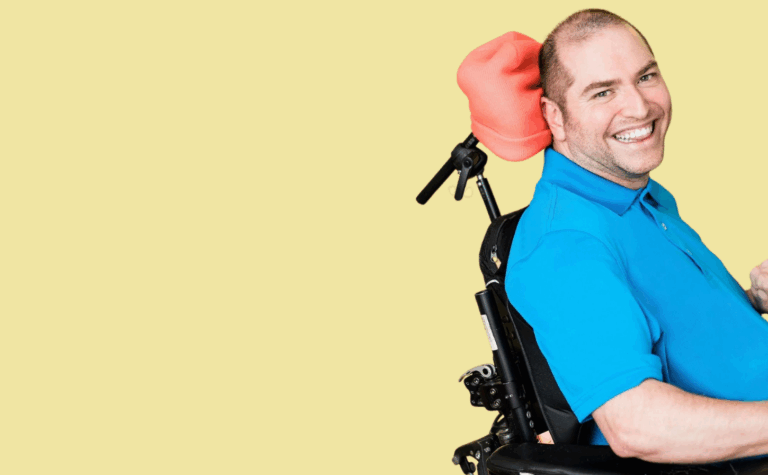The Catalyst
Conversations on Mental Health

Stories, reflections and support to carry you through the season.

Stories, reflections and support to carry you through the season.

If you wonder whether or not to share your story, read on. I’ve experienced similar quandaries....

In this age of uncertainty, what advice do we need now?
Get the monthly digital magazine that explores mental health from all angles.
Subscribe to get our magazine delivered right to your inbox.
Subscribe To Catalyst Magazine
One student’s recovery from gambling addiction offers hope—and lessons—for a generation under financial and mental strain.
Money and mental health are intrinsically linked—and those connections only grow sharper in times of uncertainty. What do we need to do to cope?
Even the briefest life creates profound impacts. Krista Beneš honours someone the world never met, her second son, Max.
Pregnancy and Infant Loss Remembrance Day takes place annually in October, and resources – listed at the bottom of the article – are available year-round.
Amid 2020 isolation, aimless drives and a phone camera taught me to live in the present.
More Catalyst Stories
Breaking the Cycle
October 21, 2025
One student’s recovery from gambling addiction offers hope—and lessons—for a generation under financial and mental strain.
New Literacies for New Times
October 7, 2025
Money and mental health are intrinsically linked—and those connections only grow sharper in times of uncertainty. What do we need to do to cope?
The Living Legacy of a Stillborn Child
September 23, 2025
Even the briefest life creates profound impacts. Krista Beneš honours someone the world never met, her second son, Max. Pregnancy and Infant Loss Remembrance Day ...
Living in the present: How I learned to stop looking forward
September 15, 2025
Amid 2020 isolation, aimless drives and a phone camera taught me to live in the present.
The Yukon startup is finding ways to provide easier access to culturally appropriate care


Older adults deserve more than just a cameo in society – why some feel unnoticed in society and what we can do about it.
A sprained ankle sparked a truth: rest isn’t recovery. Phones don’t recharge by idling—and neither do we.
Social prescribing can be used to counter isolation – for any age group. How an Rx for connection is helping communities.

More Catalyst Stories
From Isolation to Purpose
July 8, 2025
After battling loneliness and chronic pain, one woman discovered a new sense of belonging by supporting her unhoused neighbours—offering a lesson in the power of ...
Read More
The connection between housing and mental health
June 24, 2025
“Put somebody into housing – then look after their needs.”
Read More
Disability Grief: It’s a Thing
June 3, 2025
Here’s my definition – and why we need to expand narrow views of disability.
Read More
Book Club: The Mental Health Guide for Cis and Trans Queer Guys
May 15, 2025
Psychotherapist Rahim Thawer offers a powerful resource for queer men navigating mental health, relationships, and resilience while giving clinicians and allies an essential cultural roadmap.
Read More








